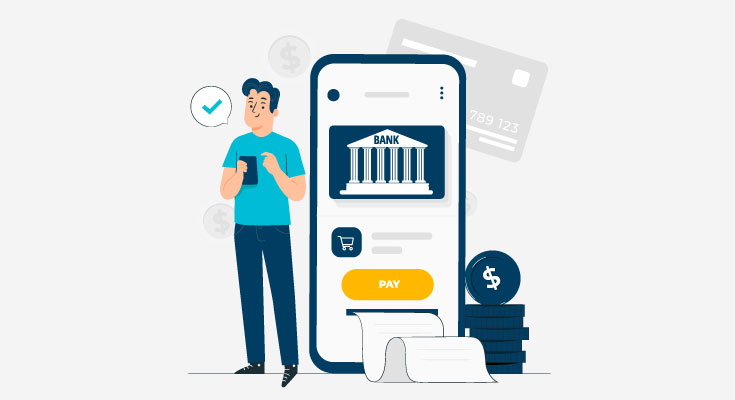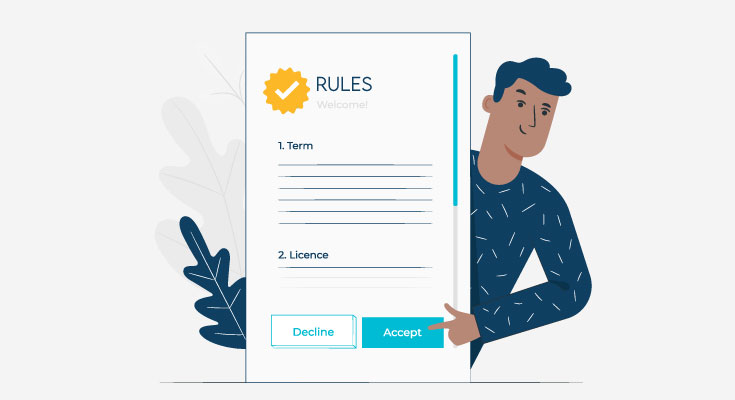Things have changed in how people handle their finances. This is because of the recent wave of modernization in banking. FinTech innovations are changing the way consumers think about their finances. The Covid-19 pandemic has accelerated digital banking transactions. The shifting reality of how finances are managed is growing. Bank branches and paper checks are second options to a lot of consumers. Eight in 10 Americans are linking their bank accounts digitally and using these services to automate their banking processes.
The sudden change in consumer expectations is met with robust technologies. With every leap in speed, security, and ease of use, open banking services have revolutionized banking. When it comes to personal finances, people want real data whenever they want to.
Here are some benefits of open banking services.
Benefits of Using Open Banking Services
1. Saving More Time
Probably the biggest benefit of open banking services is that it helps in saving time. Most people prefer using online banking services instead of cash, or credit and debit cards. With the widespread adoption of P2P payment apps, these antiqued processes are quickly becoming a thing of the past.
In real-time, payments can be split between friends with a few taps on the mobile screen. Digital wallets allow busy shoppers allow someone who wants to shop quickly without having to wait for card payments.
Encrypted credit card info auto-populates, saving time and reducing errors when shopping online.
2. Saving Money
65% of Americans don’t know how much money they’ve spent last month. Most people don’t know how to save money and online shopping has forced consumers to spend more. So much emphasis is placed on new and better ways to spend that saving has become just an afterthought.
AI and machine-learning engines do the heavy lifting of savings calculation, set goals, and projection, raising the level of users’ financial literacy. 42% of Americans surveyed that they wanted help saving their money, and trust technology to offer them the financial advantage they need.
Open banking technology powers some of the most effective FinTech apps for saving money.
3. Improvement of Financial Health
Open banking and AI are changing the world. Anyone can download a financial management app, provide permission to access their banking information, and be guided easily through opening accounts, investment suggestions, and loan applications.
FinTech AI systems offer massive amounts of data in milliseconds. App and service developers can leverage this power to analyze a consumer’s subscription payments. Machine learning and AI can use this real-time data to offer smart financial planning and brilliant investment options.
As a result, financial decision-making can improve their services dramatically. Consumers are seeing the positive results of adoption in their bank balances.
4. Automation
Another great reason for using online banking services is that it allows for a greater level of anticipation. Repetitive, time-consuming financial tasks can be automated to reduce the time-consuming process. Open banking offers easy setup and maintenance of connections to financial institutions and offers consumers to set a variety of monthly payments.
5. Better View of Finances
Consumers of today don’t want to maintain financial records on a series of lost papers, stuffed in a drawer. Open banking data has spawned a wealth of apps and services that provide consumers and small businesses a real-time overview of their finances.
Open banking can sync across multiple accounts and across financial institutions to provide consumers with a complete overview of their finances. The expectation is that individuals should be able to see where their money is going, anytime they want.














